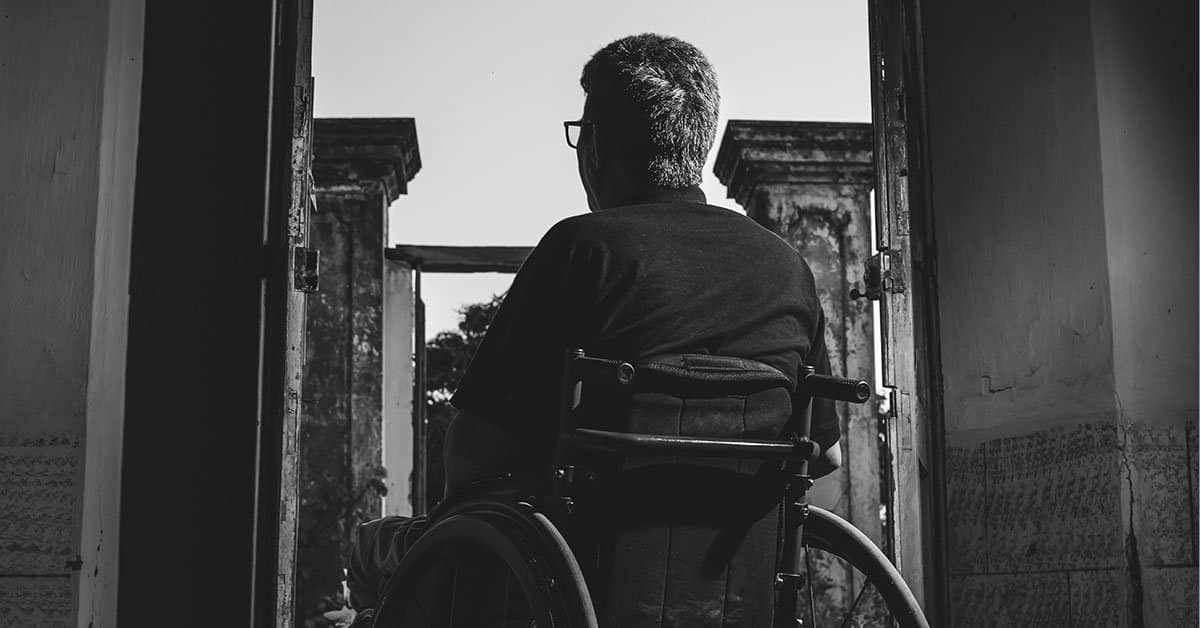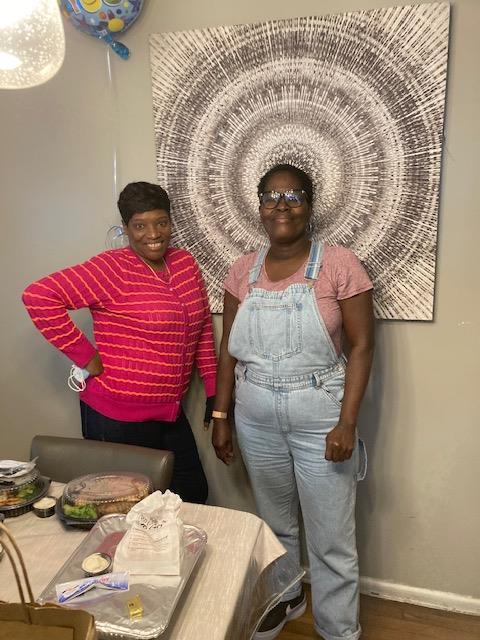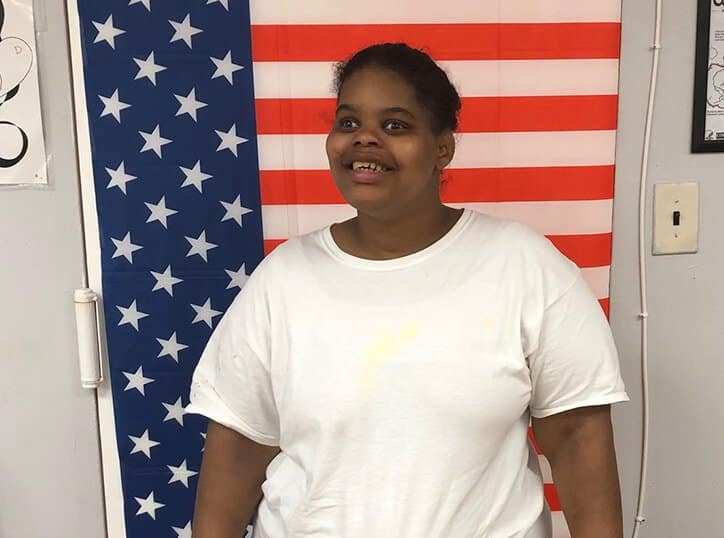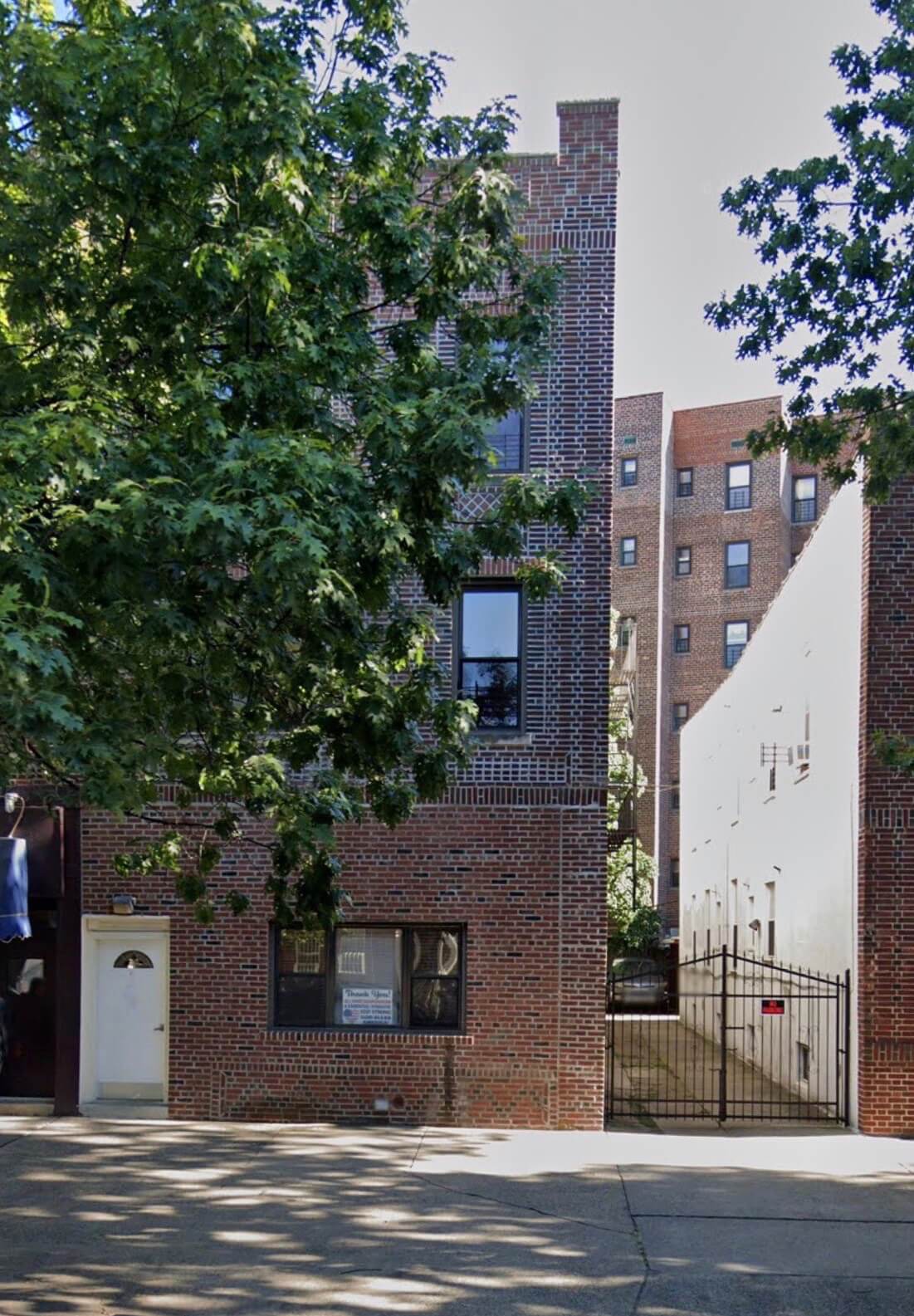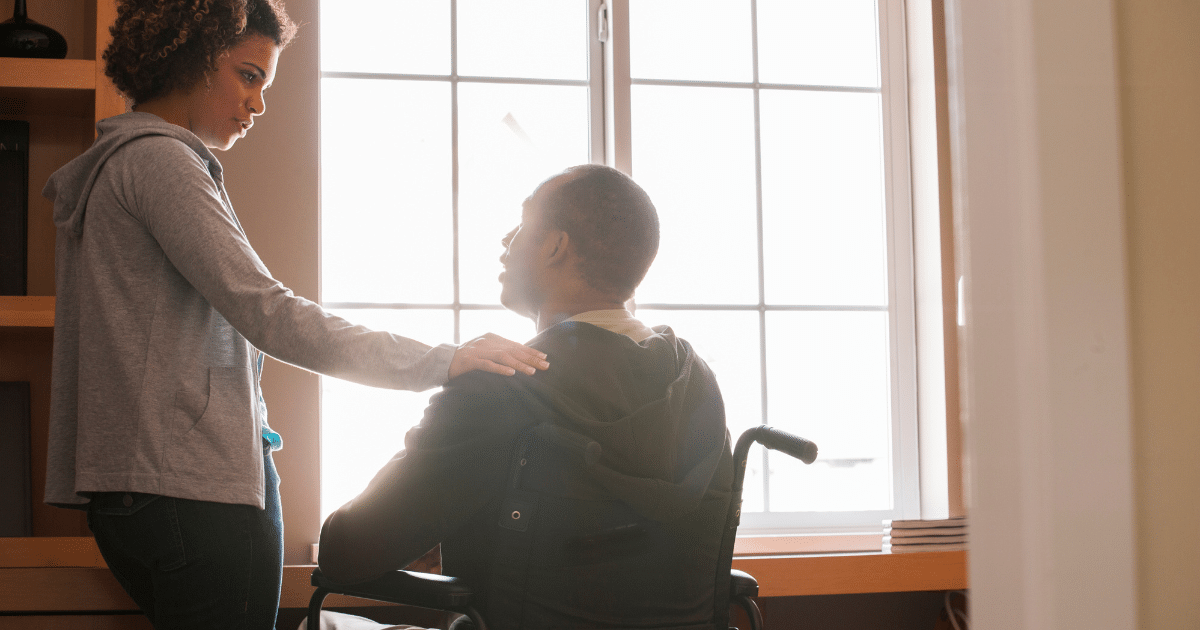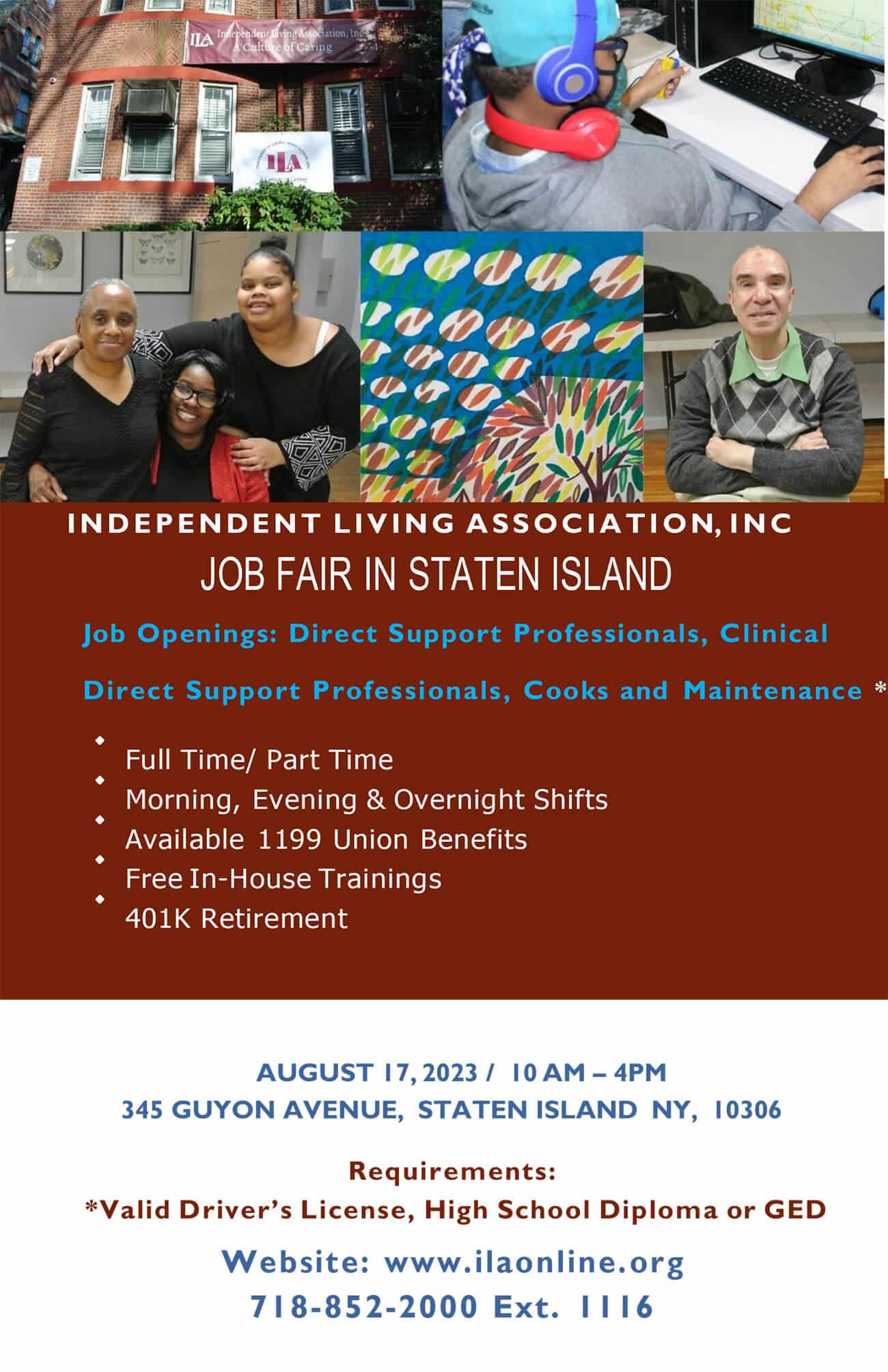As of 2020 and at the time of this writing, over 130,000 New Yorkers with intellectual and developmental disabilities (IDD) reside in group homes, made possible with assistance from around-the-clock staff who help residents with everything from feeding and dressing to learning and socializing.
Group homes are notoriously underfunded—just ask anybody who has ever worked in one. And that was before the COVID-19 pandemic hit. Now, coming on a year since the virus descended, group homes and the individuals who live in them are struggling to stay afloat.
IDD Populations Are Hit Hardest by COVID
Those with intellectual and developmental disabilities are among the populations hit hardest by the virus. A study published in October by the Disability Health Journal found that IDD individuals living in congregate settings are far more vulnerable to the effects of COVID-19. As of the journal’s publication in October, the data showed 712 cases of COVID-19 in New York City’s IDD group homes, translating to an infection rate of around 13 percent. Of that number, there were 112 deaths, representing a 16 percent fatality rate.
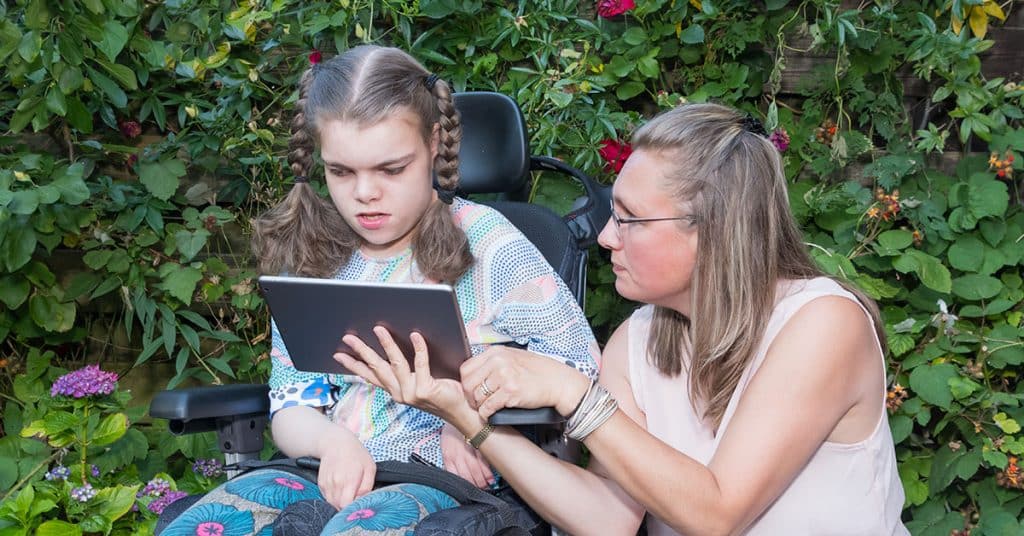
While these numbers may not seem outrageously high, it is worth noting that in the rest of NYC, the infection rate was approximately two percent, and the fatality rate around 10 percent. So why are IDD group home residents so vulnerable to the virus as compared to the greater population?
In the early stages of COVID-19—and still today—those presumed infected are required to shelter in place, isolating themselves from the general populace. But in group homes, complete isolation is difficult or impossible. In these facilities, as many as 14 IDD individuals live in close quarters, making it hard to quarantine if needed.
On top of that, most, if not all residents require daily assistance from staff, who then have to attend to all other house residents. As a result of staffing shortages and insufficient pay, many support workers are stretched thin or forced to take other jobs, increasing the likelihood of community spread.
And finally, because of their disabilities, many group home residents lack the understanding or ability to follow stringent health protocols, such as mask-wearing, hand washing, and avoiding contact with others.
These factors, along with lack of access to personal protective equipment, likely contributed to the massive uptick in diagnosed cases within group homes. Surprisingly, only after various disability advocacy groups filed complaints with the state did the New York City Department of Health prioritize group homes to receive PPE.
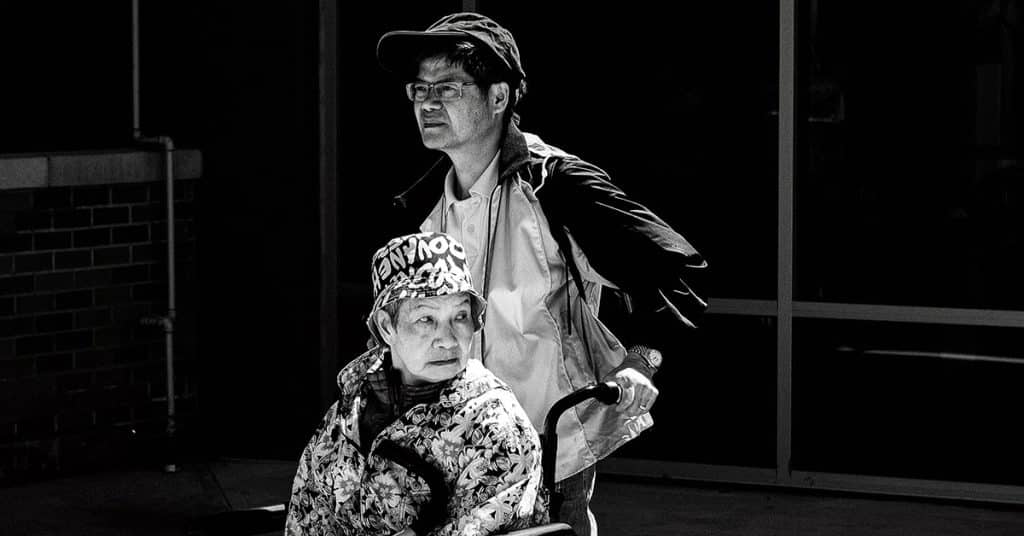
What Can Be Done?
Regardless of the cause, COVID-19 is proving to be especially disastrous for IDD individuals residing in group homes. The question now is, what can be done to protect this vulnerable population from the ongoing threat?
There’s no denying that more resources are needed to keep folks with disabilities safe. As the virus rages on, New York cannot let its most vulnerable slip through the cracks. Improved measures must be implemented, including increased state and federal funding and unfettered access to PPE.
At the Independent Living Association, our priority is to enrich the lives of those in our care. But to do that, additional funding is greatly needed for securing individuals with the right tools and resources to make it happen.
If you would like to learn more about ILA or find out how you can make a difference in an IDD individual’s life, reach out today.

